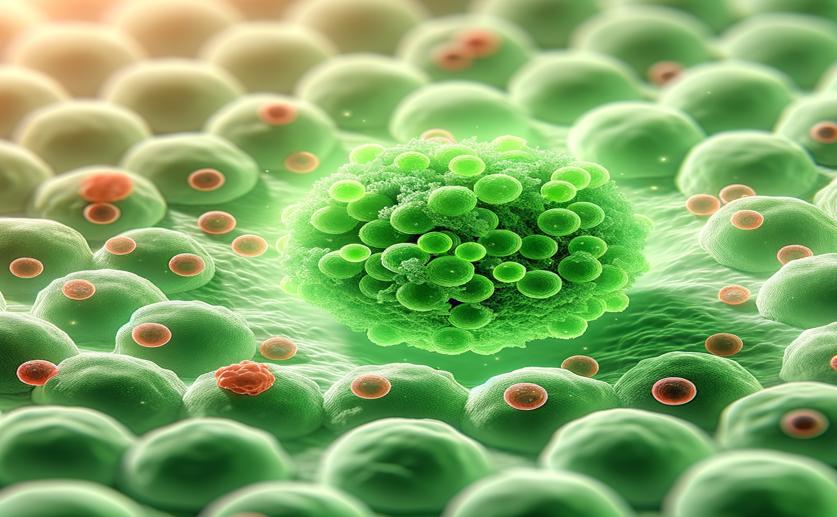
Green-Synthesized Zinc Oxide Nanoparticles Show Promise Against Leukemia Cells
Greg Howard
13th September, 2024

Image Source: Natural Science News, 2024
Key Findings
- Researchers at Kerman University of Medical Sciences, Iran, found that Zinc Oxide nanoparticles (ZnO NPs) can selectively kill leukemic cells without harming normal cells
- ZnO NPs induce a unique type of cell death called ferroptosis in leukemic cells by disrupting redox balance and increasing intracellular iron levels
- This study suggests that ZnO NPs could be a promising new treatment for acute lymphoblastic leukemia (ALL), especially for patients resistant to conventional therapies
References
Main Study
1) Evaluation of ferroptosis-based anti-leukemic activities of ZnO nanoparticles synthesized by a green route against Pre-B acute lymphoblastic leukemia cells (Nalm-6 and REH).
Published 15th September, 2024 (future Journal edition)
https://doi.org/10.1016/j.heliyon.2024.e36608
Related Studies
2) Targeting ferroptosis as a vulnerability in cancer.
3) Precision medicine in acute lymphoblastic leukemia.
4) Targeted therapy paves the way for the cure of acute lymphoblastic leukaemia.



 13th August, 2024 | Jenn Hoskins
13th August, 2024 | Jenn Hoskins